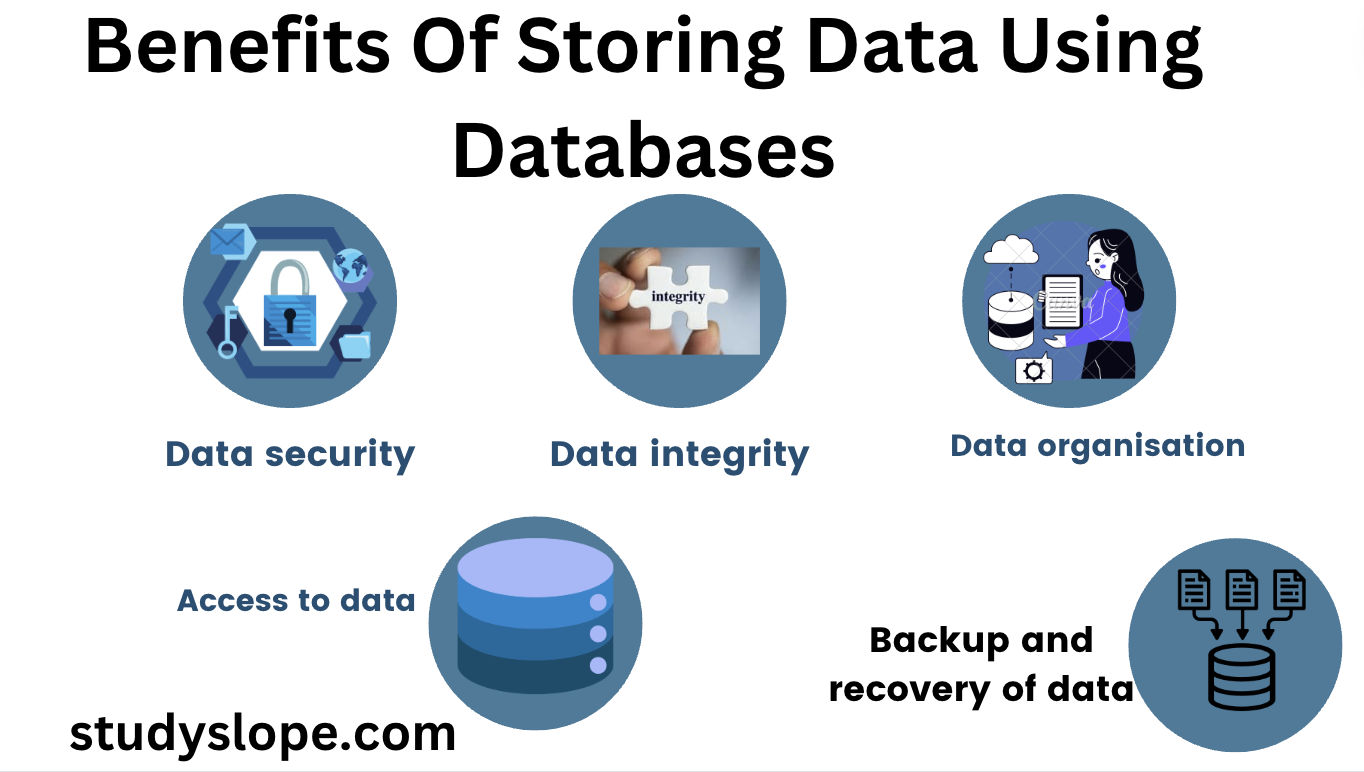What are the benefits of storing data using databases? Discuss three levels of database system architecture in detail.
Table of Contents
These days, almost every company stores their data in a database. An organised set of data that can be quickly and readily accessed, controlled, and updated is called a database.Lets see the benefits of storing data using databases:
Advantages of storing data using databases
Data organisation: Databases make it possible to organise and structure data in a way that makes sense and is consistent. This makes it easier to find and get the information you need when you need it.
Data security: Security measures are often built into databases to prevent unauthorised access and data breaches. This can help make sure that the data is kept private and is correct.
Data integrity: Databases keep data from being entered in the wrong format or in a format that doesn’t make sense. This can help make sure that the data is correct and reliable.
Access to data: Databases let multiple users access and retrieve data at the same time. This makes it easier for teams to work together and share information.
Backup and recovery of data: Databases usually have backup and recovery systems to make sure that data can be retrieved in case of a problem or disaster.
Levels of Database System Architecture
There are three levels of database system architecture. Now, let’s discuss those three levels of database system architecture in detail:
External level: The external level is the interface between the database and the users or application programs that interact with it. It explains how users or applications can communicate with the database. Users can use high-level query languages (such as SQL) to query, update, insert, and delete data without understanding the underlying database structure.
Related:Advantages and Disadvantages of Database Management System
Conceptual level: This is the database’s logical view, which displays how the data is organised and structured. It has nothing to do with how the data is physically kept, but rather with how users and application programmes interact with the database. The conceptual schema, which is commonly represented by entity-relationship diagrams (ER diagrams) or the Unified Modelling Language (UML), provides all users with a unified perspective of the database design.
Internal level: The internal level refers to where the data is physically kept and how the database management system accesses and changes it. The internal schema specifies the actual implementation of the conceptual schema, such as data storage formats, indexing techniques, and file organisation. Database management systems (DBMS) convert external and conceptual requests into efficient internal operations, improving performance and resource utilisation.
Related: What is Database and Characteristics of data in Database?


1 thought on “Benefits Of Storing Data Using Databases”
Comments are closed.